- Replies 32
- Views 4.7k
- Created
- Last Reply
Top Posters In This Topic
-
Mopar1973Man 10 posts
-
Doubletrouble 6 posts
-
JAG1 5 posts
-
LorenS 5 posts
Most Popular Posts
-
It some pretty hard steel I know that. Match the flow ot the nozzle flow rate and then the pop pressure as well. I'm sure there is much more to it but most of its how the pop pre
-
Personally, I would not be concerned about the pressure drop generated by adding another filter in the circuit. If you add the filter, the pressure drop will be the same across the added filter regar
-
The only requirements I'm aware of are that the relief valve on the vp44 is set at or about 14 psi to vent any pressure above that setting which then returns to the tank to carry heat generated by the



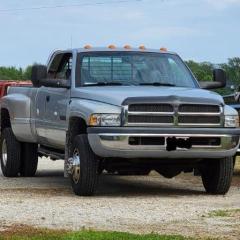

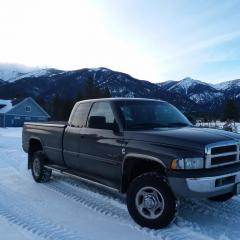
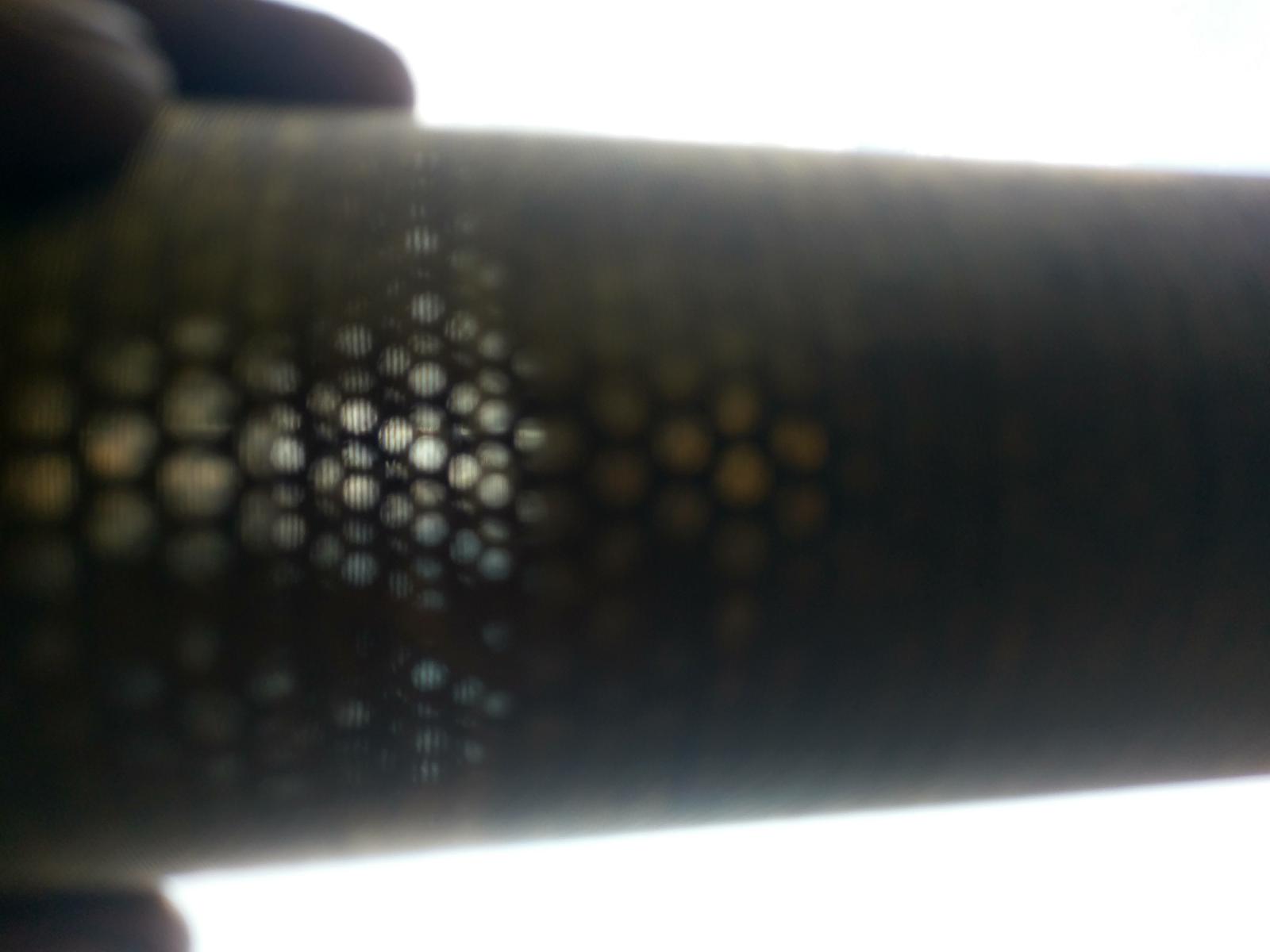
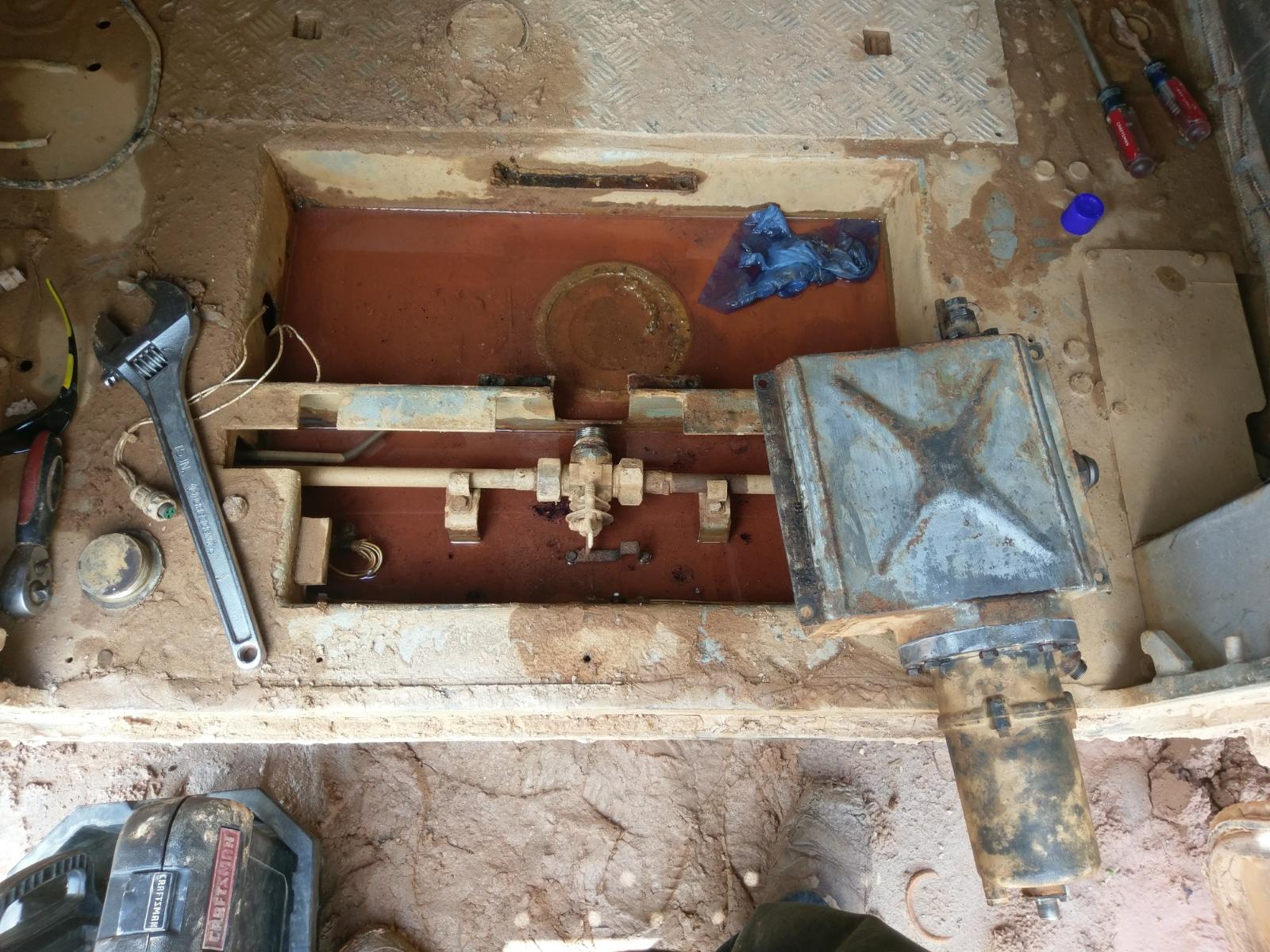
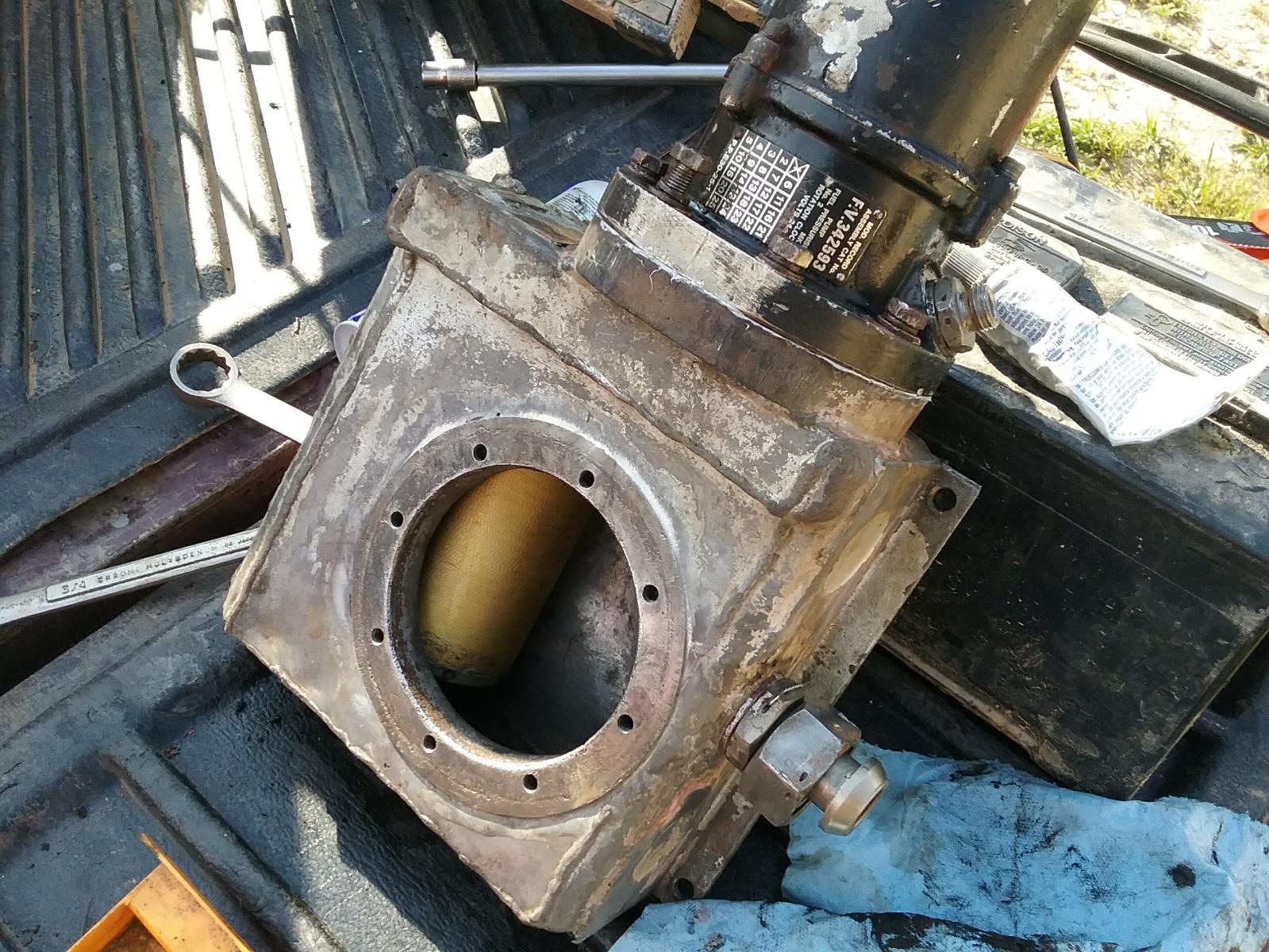
Anyone know what type of steel is used on diesel fuel injector tips? Has to be pretty good steel to help stop premature wear. To also fight against dirty fuel wearing out the tip. Another question too is how do they adjust them to get a balanced flow match?